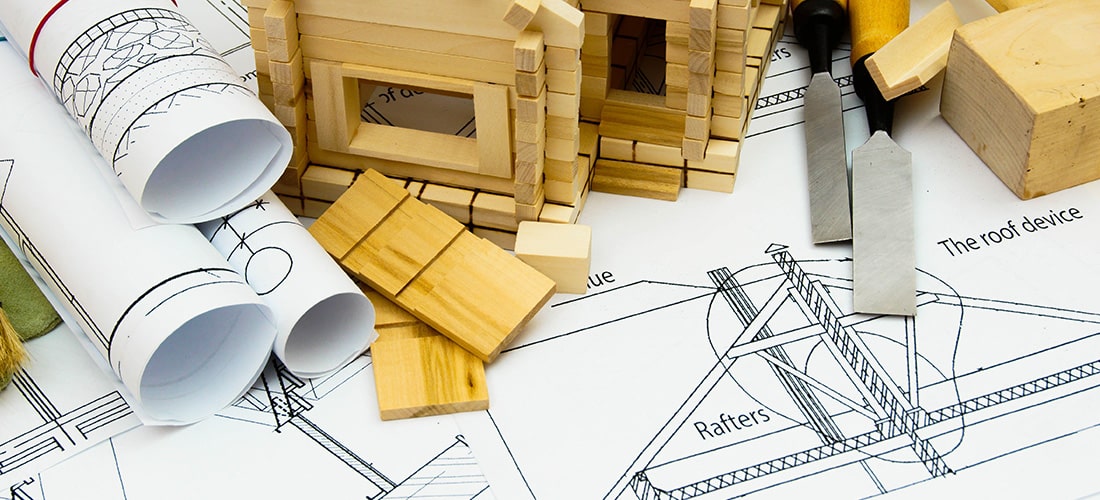How to Survive a Material Shortage

To understand why your jobs may be being delayed, we first need to take a step back and look at the state of supply chains across the planet. It hardly needs to be said that they are strained, anyone trying to do up their house will know this already – the reasons why, however, are not so simple and are frustratingly cumulative.
But is there anything you can do? Whilst business as usual may be a way off, there are numerous strategies that can help you manage the delays. A few simple steps to keep your projects on track, that we’ll look at below.
What Is the Shortage Economy?
To understand the chain of events that led to these global supply issues we first need to turn back the clock a couple of years – to when factories the world over were forced to shut their doors. This caused demand to quickly outpace supply which, as any economics book will tell you, caused the value of the supplies that we did have to rocket towards the stratosphere. In some cases, by as much as 97%.
Two key events followed this, also caused by the Pandemic. For one, building material suppliers saw a tremendous spike in traffic – seeing as most people were stuck at home with nothing to do and the housing market was spiralling, we saw an interest in DIY reach a record high. Because of this, the factories that were still operating suddenly found themselves under high pressure to deliver an increased number of orders.
Naturally, this drove up prices even more resulting in a consistent gap growing between the supplies needed and the supplies that were ever available at one given time. A self-perpetuating chain, dragging down supply networks that is the ‘shortage economy’ which, many believe, may continue well into 2023.
Where Are We Now?
The good news is, that compared to 2021, we are seeing improvements. Monthly increases in material costs have dropped down to around 0.6% compared to what was almost 4% earlier in the year. The bad news, further energy price rises and the conflict in Ukraine have delayed what recovery we could have expected to experience.
Many tradespeople continue to struggle to source basic materials including timber, paint, steel and bricks all of which are still subject to increased lead times. Of these only steel remains readily available though, at far higher prices than expected, making it just as hard to get a hold of as paint which is lacking in raw materials from China to reach DIYers' demand.
How to Manage Around Delays
If you only take one thing away from the above, it should be that delays are inevitable. They will be for some time yet. That being the case, it is now more important than ever to take the time to micromanage your projects.
Set Expectations
Most home improvement already takes longer than expected. Now, however, you should plan for those time scales to increase even further. A job that would normally take a couple of months may now take 3 or 4. It’s important to be upfront about this and, if you are working on the project yourself, prepare for the added time.
Communication, as ever, is key. The last thing you want to do as a professional is over promise and under-deliver. Explain the potentially extended deadlines from the start and you’ll avoid endless headaches down the line.
Order Promptly and Keep Your Order Tracked

Remember, estimated delivery dates are only ever estimated. When ordering you’ll want to leave a good span of time between the arrival of your goods and the start of your work. This way, even if your order is delayed those delays won’t necessarily trickle down to the project.
When creating your project schedule, take the time to account for these delays. Expect them, and you won’t be surprised if they happen. This will enable you to communicate your timescale far more effectively.
You should also take the time to keep track of your order after it has been processed. If more time has elapsed than you would have expected to receive a confirmation that it has been shipped, get in touch with your supplier to get an update. Similarly, keep a weather eye on your emails for updates from them. Take note of these early and you will have more time to reschedule your work.
Save Time in Other Ways
Whilst you have little control over order delays, you do have control over the work you are in charge of. Fortunately, there are a number of ways to speed up home improvement.

- Thorough Planning – Home improvement, bathroom and kitchen renovation especially, tends to be plagued with often avoidable delays. From underestimating material needs to something as simple as forgetting tools or getting stuck in traffic. Just saving yourself a little bit of time every day by double-checking what you need to do, what tools you need to do it and who, if anyone, is going to help can add up in the long run.
- Keep Your Schedule Clear – If you are doing your own home improvement, it can become easy to let it get pushed back in favour of work or hobbies. That’s why it’s important to keep your schedule clear, potentially by booking paid time off work or by setting aside a weekend or two once all the materials you need have arrived.
- Use Technology – Whether it be in the form of power tools, spray guns or tool management apps, there are a number of new advances that can help speed up work. Even something as simple as an electric screwdriver can save you hours down the line.
What To Take Away
We are always going to need to get work done on our homes and we are, for the next year at least, very likely to experience delays in one form or another. Whilst it may be frustrating to work around them, doing so is the only way to keep our projects running on schedule.
Prepare for these delays by ordering early, keeping track of your orders and managing your time carefully to cut days off the end of your project.